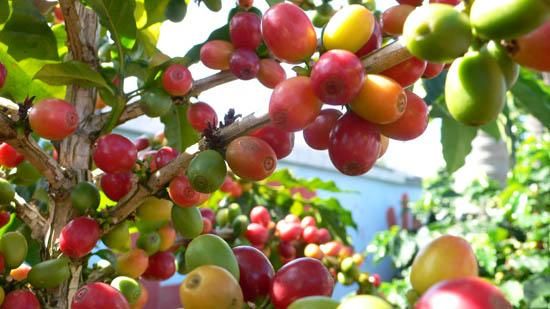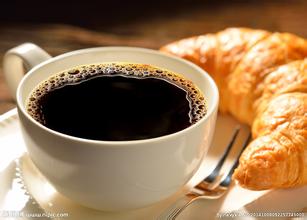Only in Colombian boutique coffee, the second largest coffee producer in Brazil
Colombia aroma 3.5 points brightness 4.5 points mellow 3.5 points flavor 4.5 points aftertaste 4.5 points
Roast: Medial/City/Full city/Espresso/Dark/French Colombia beans are among the few roasted beans that range from light to dark, from light to clean to dark sweet, within such a wide range
Colombia beans will have different styles.
Colombia, once the second-largest coffee producer after Brazil but now third behind Vietnam, is the world's largest supplier of washed beans. Colombia has become synonymous with good coffee after years of image building. Although the flavor is balanced, the texture is thick, the acidity is bright, and the aroma is OK, but on closer inspection, most of the Colombia beans are mediocre and have little personality. When choosing Colombia beans, you can't just look at the grade mark, but pay attention to the production area, because Colombia is currently graded according to the size of beans, so the Supremo or Excelso on the coffee bag refers to the size of beans rather than the quality, but the size of beans actually has no inevitable relationship with the flavor of the entrance, but the altitude of the origin and the taste are closely related, so this grading system is often criticized by people. In fact, most of them,
South American countries have moved to elevation grading, but only Colombia maintains the traditional grading system, and many Colombia coffee-makers have recognized this and begun to demand a change in the grading system. Colombia's famous large producing areas include Medellin, Armenia and Manizales, so MAM is sometimes seen on the bag containing coffee, which means that the coffee beans may come from any of these three producing areas. Almost all of Colombia's finest coffee beans are grown on traditional small farms, which grow old coffee trees of the Typica species. The trees are good and the harvesting and handling procedures are careful, so the quality is extremely high, but the relative yield is also low.

Important Notice :
前街咖啡 FrontStreet Coffee has moved to new addredd:
FrontStreet Coffee Address: 315,Donghua East Road,GuangZhou
Tel:020 38364473
- Prev

Conscious coffee grinder in Guatemala coffee bean producing area
Guatemala is bordered by Mexico to the north, Honduras and El Salvador to the south, the Caribbean to the east and the Pacific Ocean to the west, with tropical rain forests, volcanic geology, plateau valleys and changeable microclimate. Guatemalan coffee once enjoyed a reputation as the best quality coffee in the world. The extra-hard coffee beans here are full-grained, delicious and balanced, and the coffee made with it is pure and strong.
- Next

There are several Sumatran coffee beans in the main coffee producing areas of Honduras.
Well-known representative coffee: Honduras coffee seems a little strange to many coffee drinkers. For coffee production, Honduras is no less geographical than its neighboring coffee-producing countries such as Guatemala and Nicaragua. However, in the past, Honduras was better known in the consumer market because it did not have strong support in the handling and transportation of raw beans.
Related
- Does Rose Summer choose Blue, Green or Red? Detailed explanation of Rose Summer Coffee plots and Classification in Panamanian Jade Manor
- What is the difference between the origin, producing area, processing plant, cooperative and manor of coffee beans?
- How fine does the espresso powder fit? how to grind the espresso?
- Sca coffee roasting degree color card coffee roasting degree 8 roasting color values what do you mean?
- The practice of lattes: how to make lattes at home
- Introduction to Indonesian Fine Coffee beans-- Java Coffee producing area of Indonesian Arabica Coffee
- How much will the flavor of light and medium roasted rose summer be expressed? What baking level is rose summer suitable for?
- Introduction to the characteristics of washing, sun-drying or wet-planing coffee commonly used in Mantenin, Indonesia
- Price characteristics of Arabica Coffee Bean Starbucks introduction to Manning Coffee Bean Taste producing area Variety Manor
- What is the authentic Yega flavor? What are the flavor characteristics of the really excellent Yejasuffi coffee beans?

